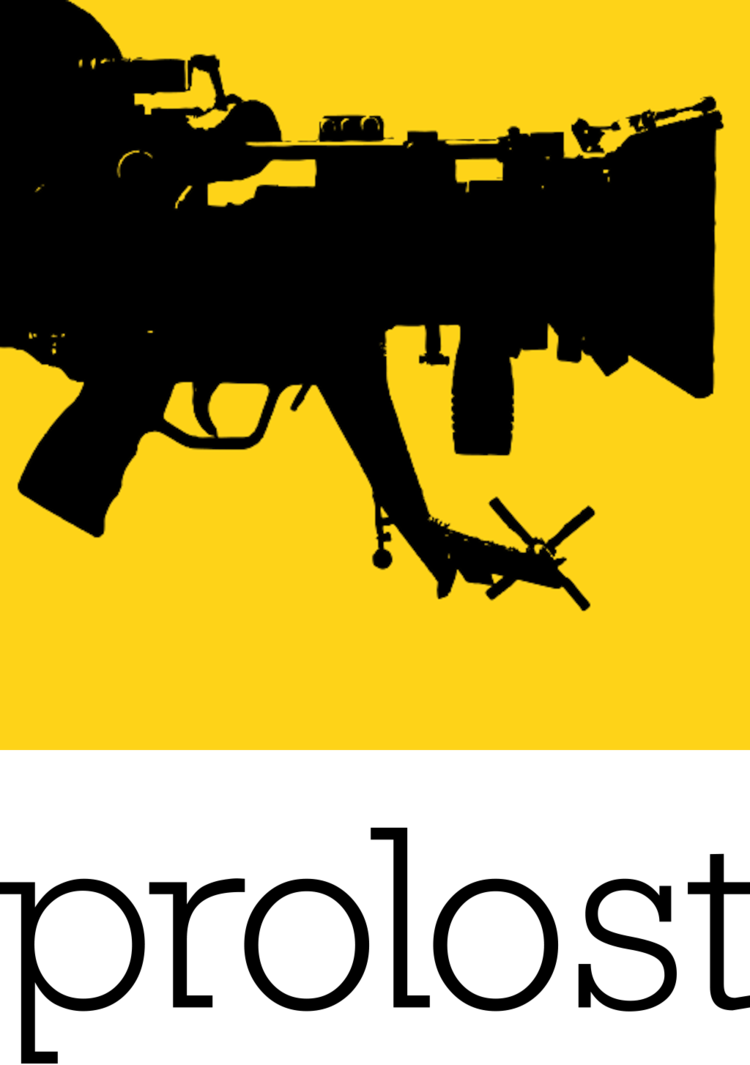In this post I was not saying outright that nodal interfaces are better for compositing than After Effects's layered approach, but they do have distinct advantages—and not just for "high end" users. The thing is, After Effects could so easily have the best of both worlds, and allow users to use either or both method in any combination. If it did, it would be a tough app to beat.
Over the years I've wished for small improvements to After Effects's Flowchart View, to make it a better project navigation tool. But after spending some quality time using Shake, Nuke, and Fusion, I have changed my tune. I now feel very strongly that After Effects should have a pervasive and complete nodal interface, in addition to its layered comps.
For a microscopic example of why, witness a post from late last year, where for some reason I rose to a challenge posted on the After Effects list of creating a solar corona effect. It's a simple project, but it has a couple precomps and adjustment layers, so anyone wishing to learn how I created the effect is left to dissect the project file. Compare that with the Fusion version, and it's plain to see, even for those not accustomed to a nodal environment, what is happening where. The UI is so precisely descriptive of the process that no steps, no tutorial, and no arcane knowledge are necessary in order to grok the technique.



